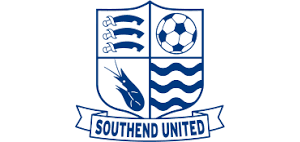Liam AAS
Sarcasm currently unavailable🦐
With the future of the club secure we're looking to rebuild our website. I was able to do this in the summer of 2020 while furloughed but currently we have too many commitments to give enough time for a project like this.
If you've got some experience with wordpress and would like to help us get everything up and running then please get in touch! We should have all the branding & bits all ready to go.
Cheers!
If you've got some experience with wordpress and would like to help us get everything up and running then please get in touch! We should have all the branding & bits all ready to go.
Cheers!















